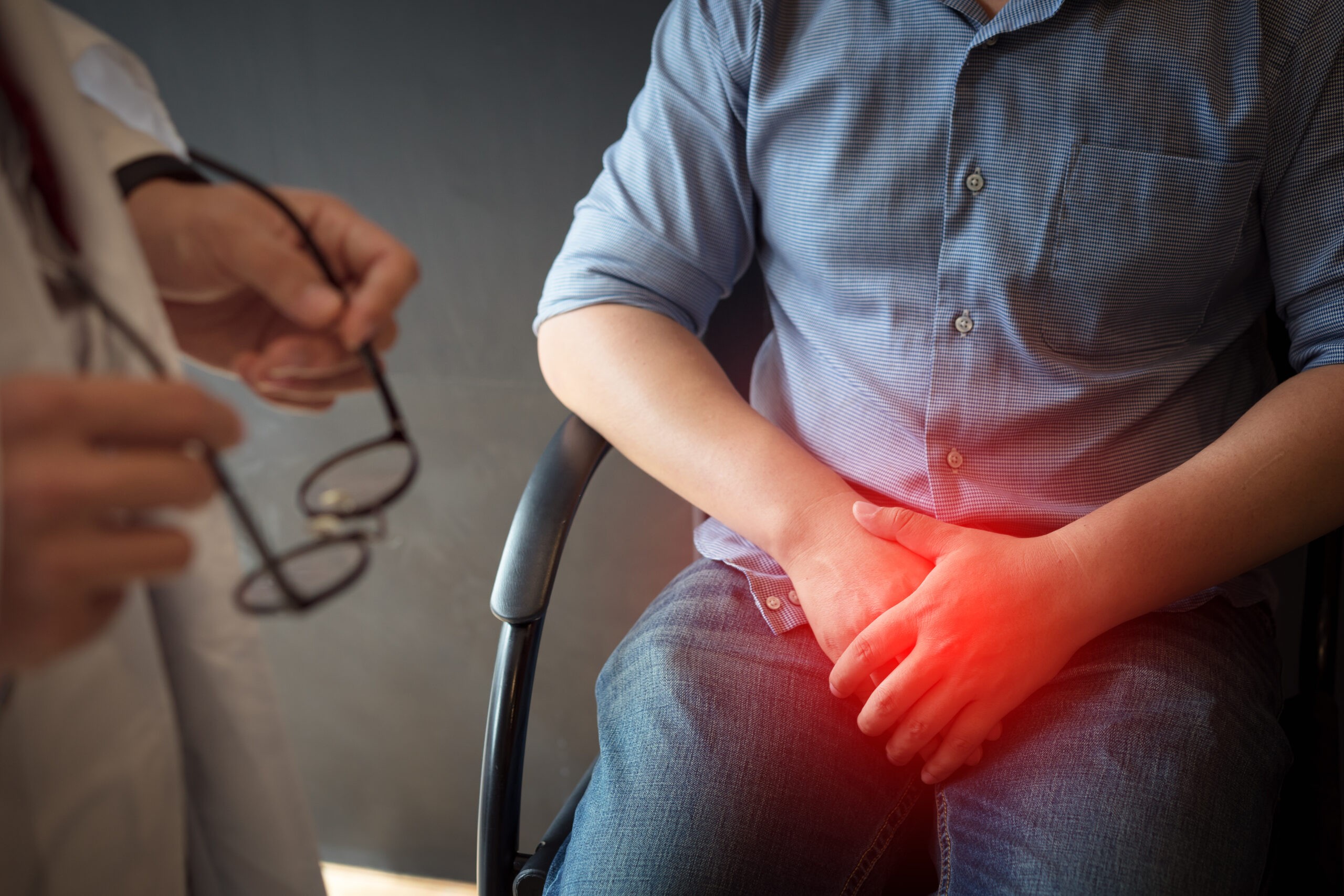Penile cysts, also known as penile papules, are small bumps or lumps that are capsule-shaped and filled with fluid. They appear around the head of the penis and feel firm to the touch. They’re also of the same color and texture as the skin, painless but sensitive, and don’t usually change in size.
Penile cysts are said to be present from birth, but are only detected in adolescence. The lumps are not a cause for alarm since they’re harmless growths, but it’s advisable to see a doctor for a diagnosis because these could manifest as a sexually transmitted disease (STD). However, STD-related lumps are different from cysts in the following ways:
- They appear in a collection of small lumps, unlike cysts that are bigger.
- They repeatedly appear and disappear, causing pain and other symptoms.
- They’re softer and painful to the touch and could burst, whereas cysts are hard and painless to the touch.
Penile cysts are harmless and may not need any treatment. However, if they’re causing any discomfort, they can be removed or treated in various options. There are home remedies you can use today, such as PPP Kits. There are various data sources on these solutions online, but make sure to find legitimate ones only. But, it’s always best to get a doctor’s diagnosis to ascertain that the lump isn’t a manifestation of any severe underlying condition.
Here are some factors that increase the risk of developing penile cysts:
- Genetics
- Hormonal changes
- Poor personal hygiene
- Penis injuries as a result of accident
- Strenuous sexual activities
Pages of Contents
Penile Cyst And Cancer
Unfortunately, umps on the penis could also be caused by penile cancer, although it’s rare. Statistics from the American Cancer Society show that among all cancer diagnoses, penile cancer accounts for less than 1%. Doctors recommend visiting a medical center for a checkup in case the lumps or changes on the penis remain for more than four weeks.
Below are the symptoms of penile cancer:
- Rash under the foreskin
- The skin on the penis becomes thick
- Penis has an open sore or ulcer
- Lump on the penis that increases in size with time
- Bleeding
- Penis has brown crusty bumps

Treating Or Managing Penile Cysts
- Clean
The area should be cleaned with warm water and antibacterial soap.
- Drain The Cyst
It’s not advisable to pop the cyst as that may cause an infection. Instead, the cyst should be drained. This can be done by covering the affected area with a warm wet cloth for 20 to 30 minutes at least three times a day.
- Cover The Cyst
If the cyst begins to leak, it’s advisable to cover it with a bandage and change it daily or when it’s soiled with fluids.
- Take Medication
In case of an infection, seek medical attention. Doctors will likely carry out a physical examination and inquire about the symptoms. They may also want to know about your own and your family’s medical histories for a comprehensive diagnosis. The doctor will then prescribe antibiotics, like cephalexin or cloxacillin, to manage the pain and other symptoms.
Cyst Removal
The following are key points to note about cyst removal:
- Cyst removal depends on the size and where it’s located.
- It’s a procedure that takes a short time, about 30 minutes to one hour.
- The wound may take about two weeks to heal.
- Return to the doctor immediately if there’s severe pain and continuous bleeding from the area where the cyst has been removed.
Cysts are removed in the following steps:
- Anesthesia will be applied to numb the area.
- The penis will be cleaned with betadine or other chemicals of the exact nature.
- A cut has to be made on the small area on the skin above the cyst, and the connective tissue around it will be removed using a scalpel.
- The cyst will be removed using forceps, sealing the cut in dissolvable stitches and wrapping the penis in a bandage.
The following should be done in the period that the wound is expected to heal:
- Clean the area with a warm cloth and antibacterial soap. Immersing the area in water isn’t advisable until the bandage is removed.
- Avoid masturbating and having sex until the stitches dissolve and the wound has healed.
- Wear loose-fitting underwear and pants for some time to help aerate the area and avoid discomfort.
Conclusion
As discussed, penile cysts aren’t harmful. They only become a health concern when they grow more prominently than usual, become painful to the touch, sore, or cause fever. A doctor’s appointment is recommended to get a diagnosis of any underlying condition and for proper removal in case of discomfort.



